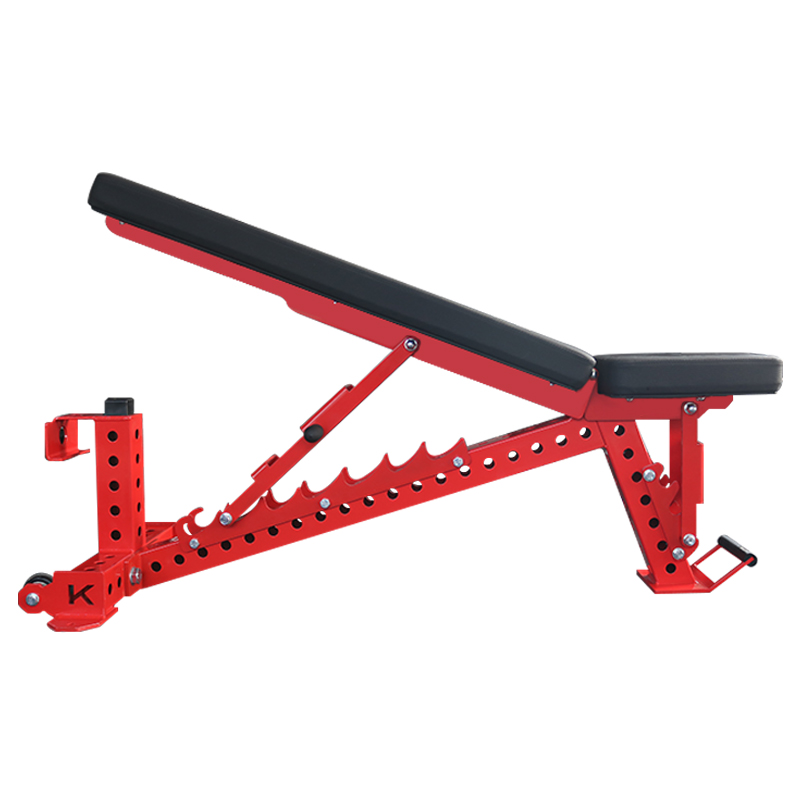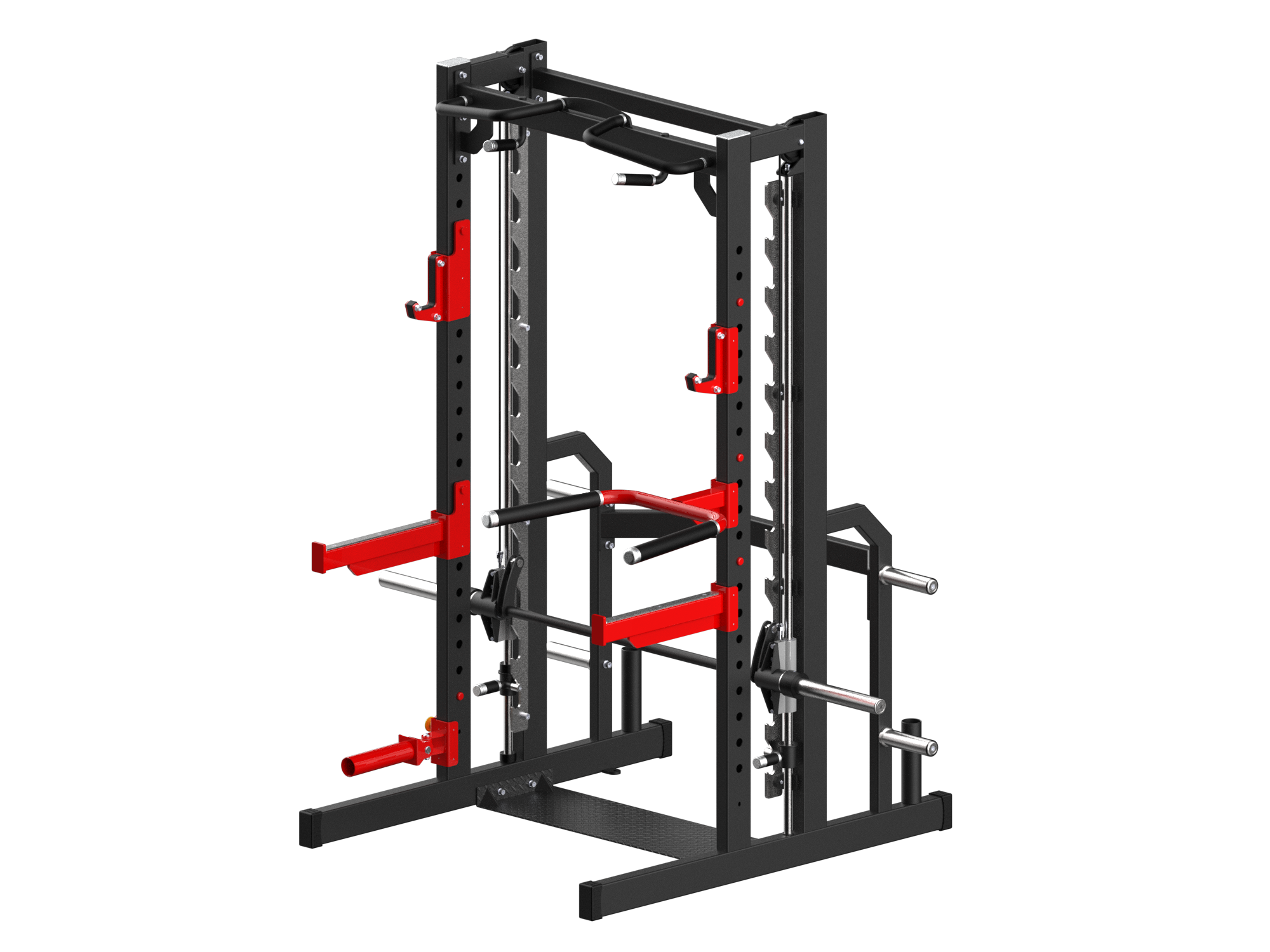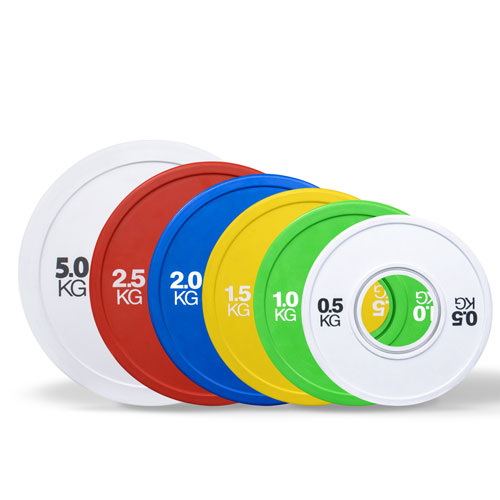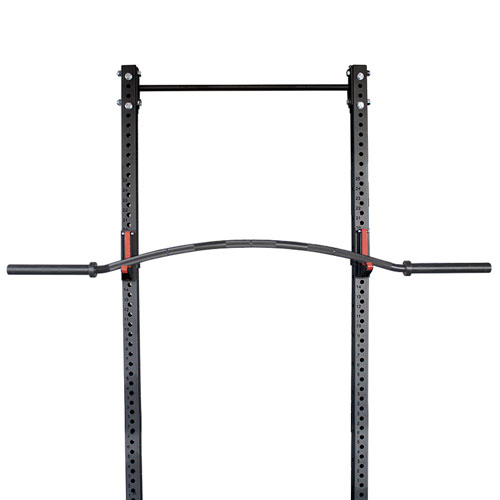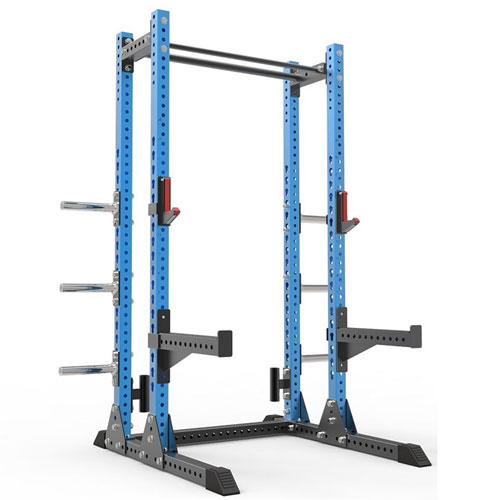5 Nā hoʻomaʻamaʻa e hoʻomaikaʻi i kou kūlana a hoʻemi i ka ʻeha
Pono nā kānaka e neʻe. Pono mākou e kū pololei. Pono mākou e hele me ko mākou mau poʻo i luna.
Akā ma kahi o kēia meander evolutionary, hoʻonoho kekahi i kahi kamepiula ma ka papaʻaina i mua o mākou a kau i kahi kelepona ma ko mākou mau lima. A hoʻomaka mākou e hoʻolimalima i nā hola me ke kuʻi. ʻO ko mākou mau auwae, i kahi mamao kūpono mai ko mākou ʻāʻī, ua hoʻomaka e hili i loko. Ua kulou ko makou mau poohiwi; ko makou hele ana.
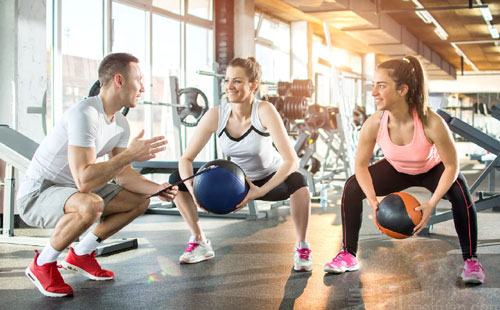
Ke kūlou ko mākou mau poʻo - ma kahi o 10 paona ke kaumaha - e hoʻonui i ke kaomi i ko mākou spines a hiki i 60 paona. ʻAʻole he mea kupanaha ka nui o mākou e pili ana i ka nalo ʻana o ka nui o ka ʻiʻo, me ke kūlana maikaʻi ʻole, me ka piʻi nui o ka hōʻeha. Kāhea ka poʻe physiologists i ka hopena o ke kūlana Upper and Lower Crossed Syndrome.
ʻO nā papa ʻo Orangetheory Fitness, ʻoiaʻiʻo, hiki ke kōkua i ka hoʻopau ʻana i kēia a me nā mea hoʻonāukiuki ʻē aʻe o kēia mau lā. ʻO ke kī ke lawe nei i ka manawa mai kēlā mau minuke 60 i ke koena o kou ola.
ʻO ia ke ʻano o ka hana mua ʻana i ka neʻe ʻana i ka lā, e like me ka hoʻolālā ʻana i nā meaʻai olakino a me ka hoʻolimalima manawa me nā mea aloha. Inā ʻoe e hana, e ʻoi aku ka maikaʻi o kou manaʻo a loaʻa ka ikaika no nā hana o kēlā me kēia lā.
Hāʻawi ʻo Aaron Santiso, ka lāʻau lapaʻau kino a me ka lālā o ka papa ʻōlelo aʻoaʻo olakino ma Orangetheory, i kēia mau hana maʻamau e kōkua iā mākou e hoʻomau i ka ikaika, align a kū kiʻekiʻe i ka lā. He mea maʻalahi loa kekahi mau kikoʻī āna i ʻōlelo ai, "Pehea e hiki ai i kēia ke kōkua?" E hilinaʻi i ka ʻepekema. Ke hana nei.
The name: Upper trapezius stretch
The target: The muscles in your upper back that help you raise your arms.
The reason: When you lift your arms, one shoulder may seem higher than the other. “Your body may be compensating during this movement pattern due to a muscular imbalance and weakness inside your shoulder,” Aaron says.
The method: Sit tall on a chair, grasping the edge of the seat with your right hand. Slowly bend your neck toward your left shoulder, using your left hand to direct your head. Be sure to keep your right shoulder pressed down. Stop when you feel a comfortable pull on the right side of your neck. Hold for 20 seconds; return to starting position and repeat on the left side. Aim for five stretches on each side, whenever you feel the need.
The name: Levator scapulae stretch
The target: If you know even pidgin Latin, you can translate this as raising the scapula — the shoulder blade, the bone that connects the upper arm and the collarbone.
The reason: Like the previous exercise, this helps keep your neck from taking over movements designed for your shoulders.
The method: Again, sit tall in a chair, holding onto the right side of the seat with your right hand. With your left hand on top of your head, tilt your chin toward your left armpit. Keep your posture straight, stopping when you feel a comfortable pull in the back of your neck. Repeat on the left side, holding each stretch for 20 seconds, for a total of five times on each side.
The name: Open-clam exercise
The target: This especially helps alleviate Upper Crossed Syndrome, which is discomfort in the neck, shoulders, chest, mid-back, elbows and wrists. It starts when we hunch over our computers and follows us into the gym, causing poor form and leading to more discomfort.
The reason: Who wants rounded shoulders, a collapsed chest, and a chin that juts out? Do this exercise two or three times a week to bring your center of gravity in line with your body.
The method: Lie on your side, knees bent at 90 degrees. Rest your head on one arm; with the other, hold your hip to keep from rolling your body. Lift your top knee an inch into the air, lower, and repeat. This targets the gluteus muscle, which helps stabilize knees, lower back and pelvis. Aim for four sets of 25 to 35 reps on each side, three or four times a week.
The name: Sideline external rotation
The target: Your shoulders and neck, so you can stand and sit tall without slouching.
The reason: Who wants bad posture? (We’re not seeing any hands being raised here!)
The method: Lie on the floor on your right side, supporting your head with your right hand or with a couple of pillows. With your left elbow at a 90-degree angle, hold a weight no heavier than five pounds in your right hand (any heavier and it could negatively affect your rotator cuff).
E hoʻokiʻekiʻe mālie i ka dumbbell ma luna pono o ke kiʻekiʻe kuʻekuʻe, e mālama i kēlā kihi 90-degere me ka mālama ʻana i ka dumbbell e like me ka papahele. Hana i kēia 15 a 25 mau manawa; e hana hou ma kekahi aoao. Manaʻo e hana i kēia ʻekolu a ʻehā manawa o ka pule.
The name: Hip flexor stretch
The target: The muscles basically responsible for lifting your legs and knees toward your body.
The reason: This counteracts the stiffness that develops when we sit too much, which the average American does for 13 hours a day. Sitting shortens these muscles and can bring about lower back pain, so stretching them is imperative.
The method: Start in a kneeling lunge position, right knee bent at a 90-degree angle over the ankle, left knee on the ground, weight evenly distributed to both legs. Draw in your navel. With hands on your hips, slowly move your body forward till you start to feel a stretch in your left leg.
No ka hohonu hohonu, e hoʻokiʻekiʻe i ka lima ma ka ʻaoʻao e kikoo ʻia a wili i kou kino i kēlā ʻaoʻao. E paʻa no 30 kekona; e hana hou ma kekahi aoao. He hoʻokahi kēlā; e hana hou i eha, e kaomi i ka glute ma kēlā me kēia ʻaoʻao e kikoo ʻia. E ho'āʻo e hana i kēia maʻamau i kēlā me kēia lā.
Eia kekahi mau ʻōlelo aʻoaʻo hou e hoʻomau i ka neʻe ʻana (ma waho aʻe o kāu mau hana Orangetheory, ʻoiaʻiʻo), ʻoiai inā ʻoe e hana ma kahi pākaukau a noho ʻoe i ka hapa nui o ka lā. Loaʻa iā lākou he kōkua? E ʻoluʻolu e kaʻana like; ma hope o nā mea a pau, ua hui pū mākou a pau i kēia neʻe.
1. E hoʻohana i ka lumi hoʻomaha ma kekahi papahele.
2. E hana i ka hoʻokuʻu ʻana i ka countertop a i ʻole ka tricep dips oiai e kali ana i ka wela hou o kāu kofe.
3. I kēlā me kēia 30 minuke, kū i luna. A laila e noho i lalo. A laila, kū i ka hapalua; paʻa no 10 kekona, a laila kū i luna i ke ala holoʻokoʻa. Noho hou i lalo. E hoʻomanaʻo i kēlā me kēia manawa hoʻohui.
4. Ke noho ʻoe, e hāpai i nā wāwae ʻelua mai ka papahele. E paʻa no 10 kekona, a i ʻole 15, a i ʻole 30. E hana hou i ka lā.
5. E hele i waho e like me kou hiki. Hiki i nā minuke liʻiliʻi i ka ea hou ke hoʻohaʻahaʻa i ke kahe koko a hana i nā mea kupanaha no kou ʻano.
6. E mālama i ka poepoe ma kāu pākaukau. I kēlā me kēia manawa, e kau ma waena o kou mau kuʻekuʻe wāwae. E hoʻopololei i kou mau wāwae; paʻa no kekahi mau kekona, a laila e kulou.
7. Waiwai. Mai nele i kāu ʻōmole wai. E hoʻopiha i kahi papahele ʻē aʻe, e hana i ʻelua mau ʻanuʻu i ka manawa.

